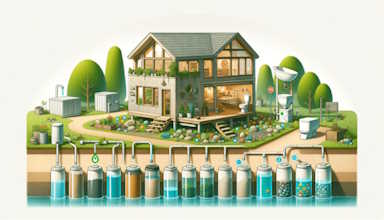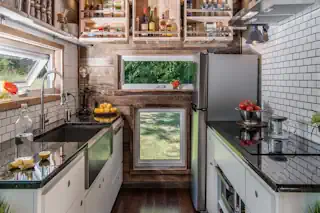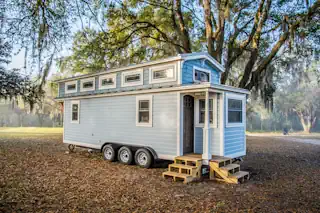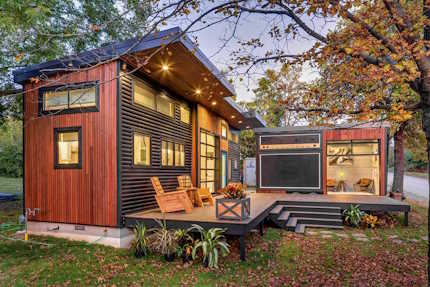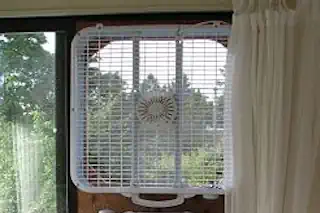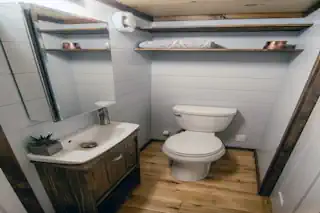Creative Tiny Home Interior Ideas for Minimalist Living
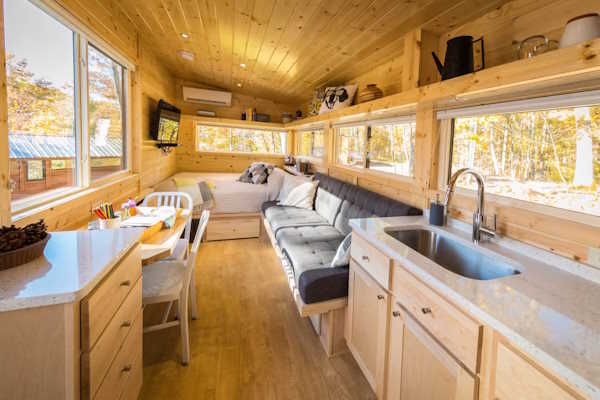
In the era of urban sprawl and the Marie Kondo revolution, the adage “less is more” has taken tangible shape in the form of tiny homes. These pint-sized dwellings, often less than 400 square feet, have become a beacon for those seeking a simpler, more sustainable lifestyle. Functional interior design plays an outsized role in the success of these diminutive spaces, transforming them from cramped caves to cozy, organized sanctuaries.
The Pull of Tiny House Living
The appeal of tiny homes is rooted in a desire for freedom—freedom from excessive material possession, freedom from the financial burdens of traditional home ownership, and freedom to live more intentionally. But packing your life into a smaller footprint isn’t without its challenges, especially when it comes to creating living spaces that are both practical and aesthetically pleasing.
Furnishing for Maximum Versatility
Multi-functional Marvels
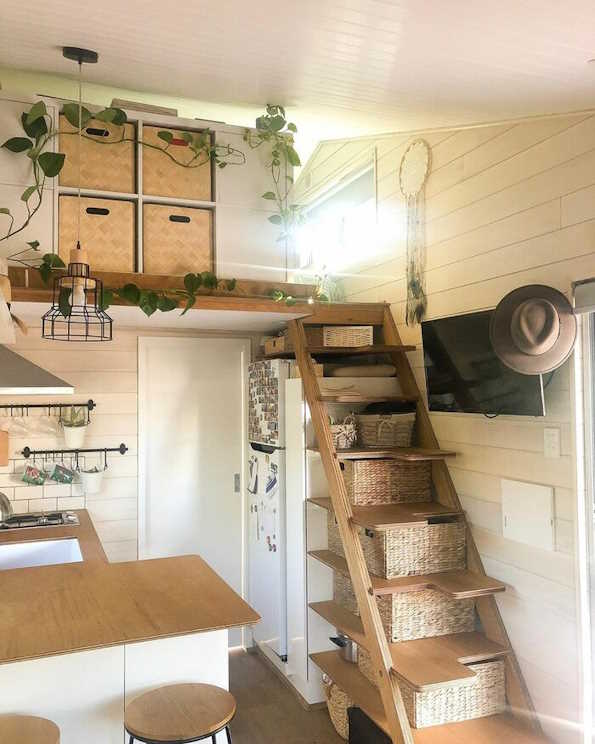
Even in a small space, there’s no need to skimp on comfort or convenience. There’s a delightful array of furniture out there designed to serve multiple purposes, from sofas that transform into bunk beds (check out our sofa bunk bed post), to coffee tables that elevate into dining tables. Each piece in a tiny house should earn its keep by fulfilling more than one role.
Going Vertical with Style
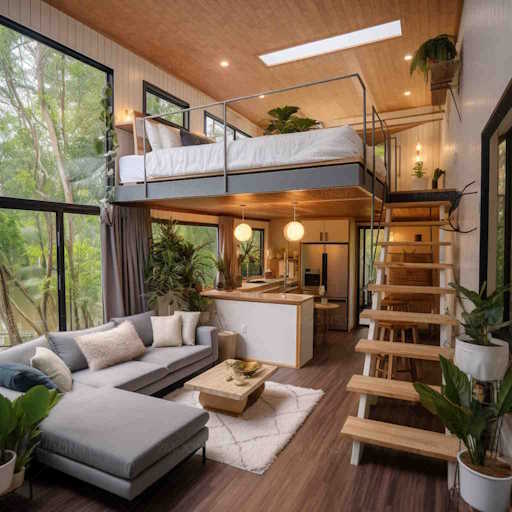
The vertical axis is often an underutilized dimension in our living spaces. In a tiny home, it becomes a strategic design canvas; think high shelves for items used infrequently, or hanging storage systems in the kitchen and bathroom. Vertical gardens are also a wonderful way to add a splash of color without encroaching on valuable floor space.
Basking in the Glow of Natural Light
Windows as Walls
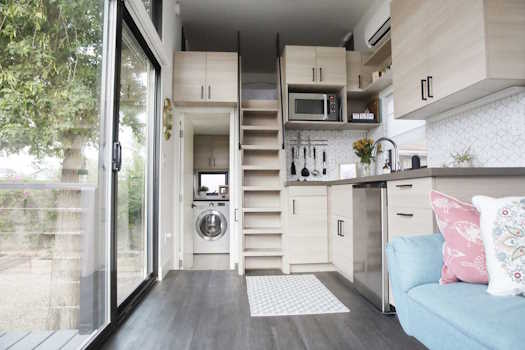
In a tiny house, windows don’t just offer a glimpse into the outside world—they are the walls. Utilize these portals to flood your space with natural light, instantly making it feel larger and more inviting. Reflective surfaces can also play a part in bouncing light around, as well as stainless steel appliances which brighten a kitchen.
Greenery for the Soul
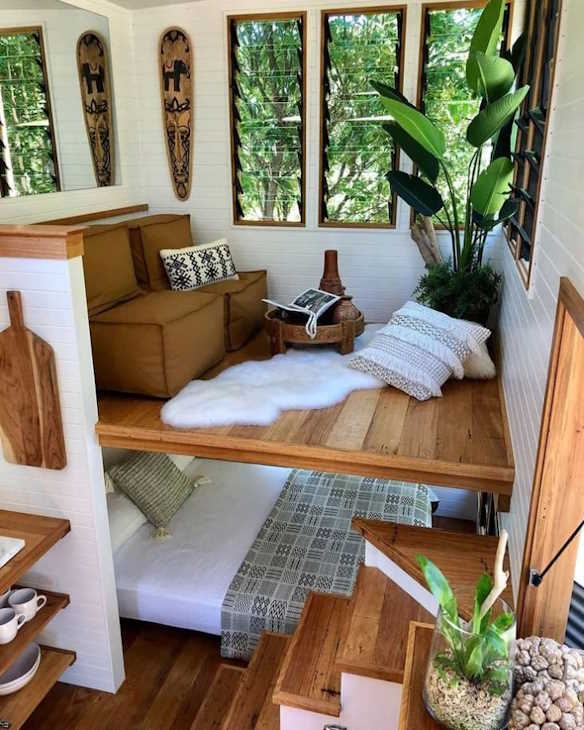
Bringing the outdoors in can be a game-changer for any living space, but it’s particularly vital in a tiny home. Indoor plants act as natural air purifiers and can boost your mood, too. Consider herbs in the kitchen or a teeming living wall in the lounge to add life to your home without cluttering surfaces. Intentional design is a must for the tiny house. Even simple tiny house interiors must be carefully planned and prepared for the dream of tiny living.
Cracking the Storage Conundrum
Conceal and Reveal
Hidden storage solutions are a godsend in tiny homes. Ottomans with lift-up tops, stairs with built-in drawers, and beds that hinge up to reveal vast underneath storage are just some of the ways you can keep your space looking tidy without sacrificing your stuff. It’s a constant game of hide-and-seek, with your items artfully concealed.
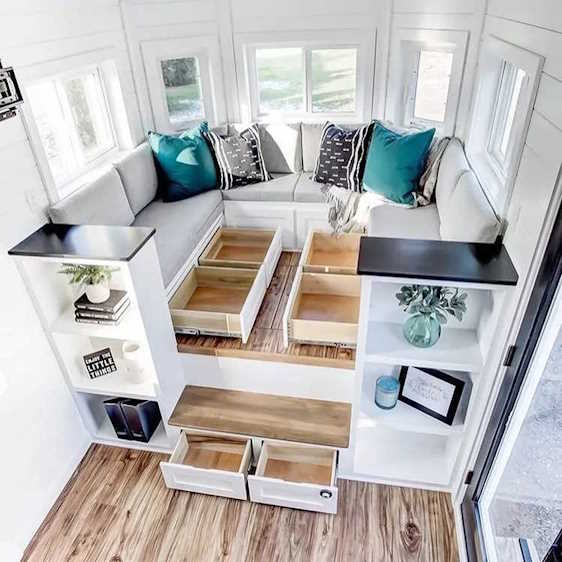
Making the Most of Every Inch
Every nook and cranny in a tiny home should be seen as a potential storage space. This means under the eaves, behind false walls, or within steps leading to a loft. Custom solutions are usually best in these scenarios, with purpose-built shelving and cabinetry ensuring you make the most of every available space.
Crafting a Personal Living Space
Minimalist Meets Quirky
Personalization need not lead to clutter. In a tiny home, it’s all about choosing a few key pieces that really resonate with you. Perhaps it’s a bold piece of artwork, a beloved book collection, or a cherished heirloom. These touches of personality can anchor the space and make it feel like home without overwhelming the senses.
Decoding Minimalist Decor
The minimalist aesthetic is often characterized by clean lines, a restricted color palette, and a sense of serenity. Think Scandinavian design with a touch of Japanese wabi-sabi. The key is to eliminate unnecessary visual noise, so every item in your home should be both functional and beautiful in its simplicity.
Unleash Your Creative Hand with DIY
Tiny Houses Tailor-Made
The beauty of a tiny home is that it lends itself to customization. With space at a premium, everything can be tailored to your lifestyle, down to the last inch. Identifying your needs and crafting solutions with your own two hands can be incredibly satisfying, not to mention cost-effective.
The Art of Upcycling
Scour thrift stores and yard sales for furniture with potential. A coat of paint here, a nip-and-tuck there, and you’ve got a new lease on life for an old dresser or a set of mismatched chairs. The charm of upcycled pieces is their inherent quirkiness and unique story, a perfect fit for the character of a tiny home.
Tiny Home Living: Key Takeaways
Simplicity and Sustainability: Tiny homes embody the “less is more” philosophy, offering a path to a minimalist, more meaningful lifestyle free of clutter and excessive material possessions.
Smart Furnishing for Small Spaces: Opt for multi-functional furniture that serves dual purposes, like convertible sofas and expandable tables, and utilize vertical space with high shelves and hanging storage.
Maximize Natural Light: Use windows liberally to make your tiny home feel spacious and welcoming. Bright interiors with strategically placed mirrors and reflective surfaces amplify light, while indoor plants bring vitality and fresh air.
Innovative Storage Solutions: Hidden storage in furniture like ottomans, stairs, and under-bed compartments helps keep your tiny space organized and clutter-free.
Personal Touches Matter: Personalize your tiny home with selected items that speak to you — a splash of quirky decor, meaningful artwork, or a few cherished books add character without crowding.
Minimalist Does Not Mean Bland: A minimalist decor scheme focusing on clean lines, a cohesive color palette, and serene aesthetics can still reflect your personal style and warmth.
DIY and Upcycling: Embrace DIY projects and the charm of upcycling. Customizing your space not only saves money but also allows for a tailor-made home that perfectly suits your needs.
Remember, transitioning to a tiny home is about more than just downsizing physically—it’s about adopting a lifestyle that values quality over quantity, cherishes personal connections over possessions, and fosters a deeper engagement with the surrounding environment. With a dash of creativity and a commitment to simplicity, your tiny home can become a cozy haven that reflects your values and aspirations.
In Conclusion
Creative design can turn the challenge of living in a tiny home into an exhilarating opportunity for self-expression. By thinking vertically, harnessing the power of light and greenery, and employing savvy storage solutions, you can craft a space that’s as functional as it is delightful. And don’t be afraid to get your hands dirty with some DIY projects; they’re the soul of a truly personalized home.
Those drawn to the tiny home lifestyle seek a world where every item serves a purpose, and every space is thoughtfully considered. It’s a life that underscores that luxury isn’t in the excess, but in the sheer joy of living well with less.
Welcome to the world of tiny living, where the square footage is small, but the possibilities are endless. With these interior design ideas, your tiny home will not just be a house, but a testament to your creative spirit and mindful living.
Frequently Asked Questions (FAQ)
What size qualifies as a tiny home?
A tiny home typically spans between 100 and 400 square feet. This compact size challenges us to rethink our needs and get creative with our space, embodying the essence of living simply but fully.
How does one transition to tiny home living?
Transitioning can feel like a big leap, but start with decluttering and understanding what you truly need. Visiting tiny homes or staying in one short-term can also offer valuable insights into your preferences and necessities. Remember, it’s about the joy of downsizing, not downsizing for joy’s sake.
Are tiny homes eco-friendly?
Yes, most definitely! Tiny homes often have a smaller environmental footprint due to their reduced use of resources and energy. Many are also built using sustainable or recycled materials, and their design encourages a lifestyle that values efficiency and sustainability.
Can I live in a tiny home with pets or a family?
Absolutely! It’s all about smart design and making use of every nook. Built-in storage and multifunctional furniture are key. Many tiny home dwellers live happily with pets or family members by creating adaptable spaces that cater to everyone’s needs.
Where can I park or place my tiny home?
This depends on local zoning laws and regulations, which can vary widely. It’s essential to research and reach out to local authorities or tiny home communities for guidance. Some opt for rural settings, while others find spots in dedicated tiny house parks.
How can I personalize my tiny home?
Your tiny home is a canvas for your creativity. From the interior design to the exterior aesthetics and functionality, there are endless ways to make it uniquely yours. Think about what brings you joy and incorporate those elements into your design.
Thank you for your curiosity about tiny home living! It’s a beautiful journey towards more mindful, sustainable, and joyful living. If you have more questions, feel free to reach out. We’re here to help you on your path to tiny.
